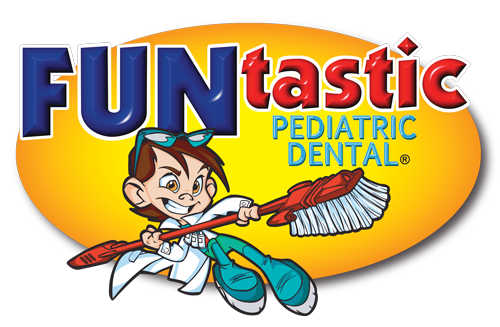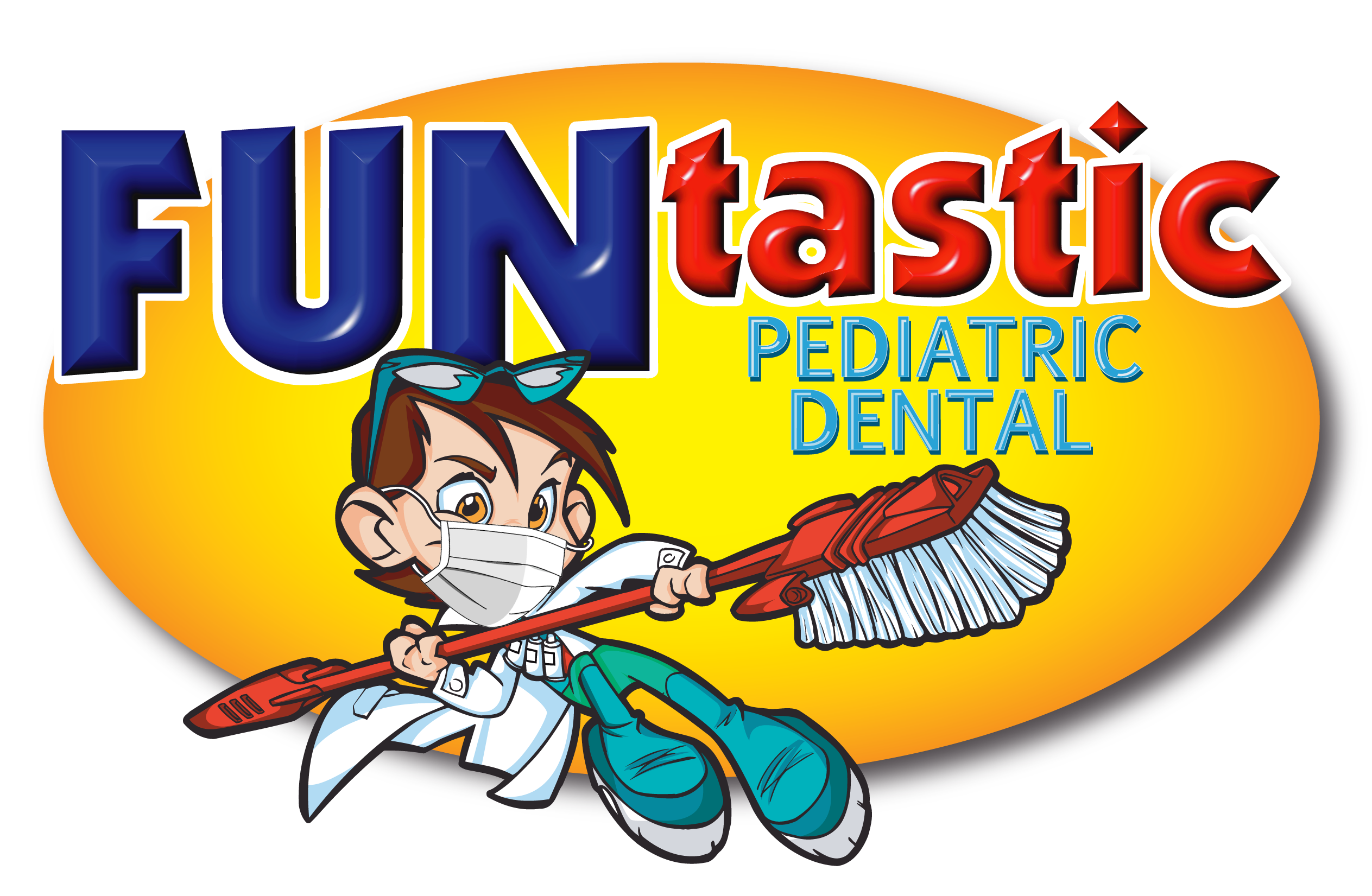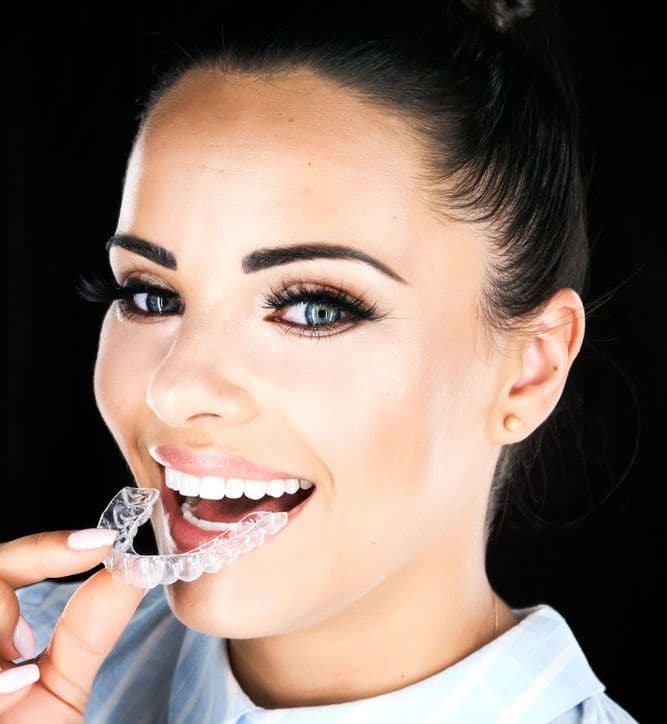Mouthguards
Mouthguards
A variety of people use dental mouthguards for many different reasons. Whether you are an athlete involved in impact sports or wake up in the morning with an aching jaw, there are options out there that may be right for you. It is essential that you understand the different types of mouthguards and their applications before selecting one to ensure that you get the right equipment for the job.
There are three basic types of mouthguards. While they all have the same basic idea – to protect your teeth – there are some differences between them that you should understand.
- Stock Mouth Protectors – These pieces of equipment come from the store and are ready to wear. They come in different sizes in order to try to get as close as possible to your mouth shape for a comfortable fit. However, there isn’t much adjustment that can be done with these mouthguards and their inexpensive price ends up costing you in comfort, ability to breathe properly and speaking ability. These protectors can be found in most sporting goods stores but are not recommended by dentists.
- Boil and Bite Mouth Protectors – These protectors are slightly more customizable than the stock guards. They are found in most sporting goods stores and come in a few different sizes. They are made from a thermoplastic material that is boiled and then bit down on by the individual in order to give them their shape. They fit more tightly to the teeth than the stock mouthguards, but many people still find that their fit is not ideal.
- Custom Fitted Mouth Protectors – These devices are the best fitting of all three types as they are individually designed and constructed for each patient. These mouthguards are created by making an impression of your teeth and then creating the mouthguard based on your exact bite and tooth pattern. Due to the increased personalization, these mouthguards are typically the most expensive of all three, but also offer the most comfortable fit and the best protection.
Mouthguards are typically only designed to fit on the top teeth as this usually provides enough protection to keep you from being grinding or harming your lower teeth. but there are some situations in which your dentist may also design a mouthguard for your lower teeth. These are often used for patients who have braces or other dental appliances and require additional protection. You should work closely with your dentist to identify which option is best for you.
When you receive your mouthguard(s), be sure to check their fit. A mouthguard should be placed easily, be comfortable to wear, and shouldn’t restrict your breathing or speech. In addition, mouthguards should be tear-resistant, easy to clean and durable.
Mouthguards are not appropriate for every person, but dentists see too many patients who should be using mouthguards and are not and it is essential to understand when you should consider using a mouthguard. Children or adults who are involved in sports like football, hockey, boxing, soccer, basketball, lacrosse, field hockey, skiing, gymnastics, skateboarding or other sports should seriously consider mouthguards.
- Complete your regular checkups – Visiting your dentist regularly can help to remove some of the more difficult plaque or buildup. These visits can also catch problems early when they are easily treatable rather than when they require complete tooth removal.
In order to lessen the likelihood of extensive dental treatment, it is essential to visit your dentist regularly. If you have increased tooth sensitivity or believe that you may have a cavity, you should schedule an appointment with your dentist today. Small cavities can be easily treated and are a standard procedure performed by dentists every day.


